When Apple introduced the iPhone 15, it mentioned how it reduced the bezels of the display so that they are the thinnest ever. A new report claims that the same strategy will be used in the iPhone 16, and the question comes to mind if it doesn't matter anymore.
According to current messages Apple wants to achieve its thinnest frames for the display so far, and this for the entire range of iPhone 16, which will be presented to us in September of this year. It should use Border Reduction Structure (BRS) technology for this. By the way, companies Samsung Display, LG Display and BOE, which are suppliers of displays, already use this.
Information about the effort to reduce the frames was brought up by an unnamed employee who mentioned that the biggest problems with reducing the width of the lock are at the bottom of the device. This is a general fact, because even cheaper Android devices can have narrow frames on the sides, but the bottom one is typically the strongest, as evidenced by the Galaxy S23 FE and earlier Galaxy S Ultra models, which could afford not to have them due to the curvature of the display practically no frame on its sides.
Apple is also planning to adjust the diagonal sizes, especially for the Pro models, which could also have a certain effect on the bezels, without increasing the chassis itself. But isn't it a little late to solve the ratio of the display to the body of the device? Apple is not here and has never been a leader when its competition turned its back on it years ago. In addition, we know that especially Chinese brands can have a display with practically no frames, so whatever Apple comes up with, there is not much to impress. This train has long since departed and it would like something else.
Display to body ratio
- iPhone 15 - 86,4%
- iPhone 15 Plus - 88%
- iPhone 15 Pro - 88,2%
- iPhone 15 Pro Max - 89,8%
- iPhone 14 - 86%
- iPhone 14 Plus - 87,4%
- iPhone 14 Pro - 87%
- iPhone 14 Pro Max - 88,3%
- Samsung Galaxy S24 - 90,9%
- Samsung Galaxy S24+ - 91,6%
- Samsung Galaxy S24 Ultra - 88,5%
- Samsung Galaxy S23 Ultra - 89,9%
- Honor Magic 6 Pro - 91,6%
- Huawei Mate 60 Pro - 88,5%
- Oppo Find X7 Ultra - 90,3%
- Huawei Mate 30 RS Porsche Design - 94,1% (introduced September 2019)
- Vivo Nex 3 - 93,6% (introduced September 2019)
All current phones look more or less the same from their front. There are only a few exceptions and they are definitely not distinguished from each other by some smaller frames, when this is relatively difficult to measure and, moreover, difficult to see without a direct comparison between the models. If Apple wants to differentiate itself, it should come up with something new. Maybe just with a different body shape. Since the iPhone X, every model looks the same, so why not try straight corners like the Galaxy S24 Ultra? The diagonal will remain the same, but we will get more surface, which we will appreciate not only for videos across the entire screen. But we probably prefer not to drag the puzzle into this fight. The above list is based on the data available on the website GSMarena.com.
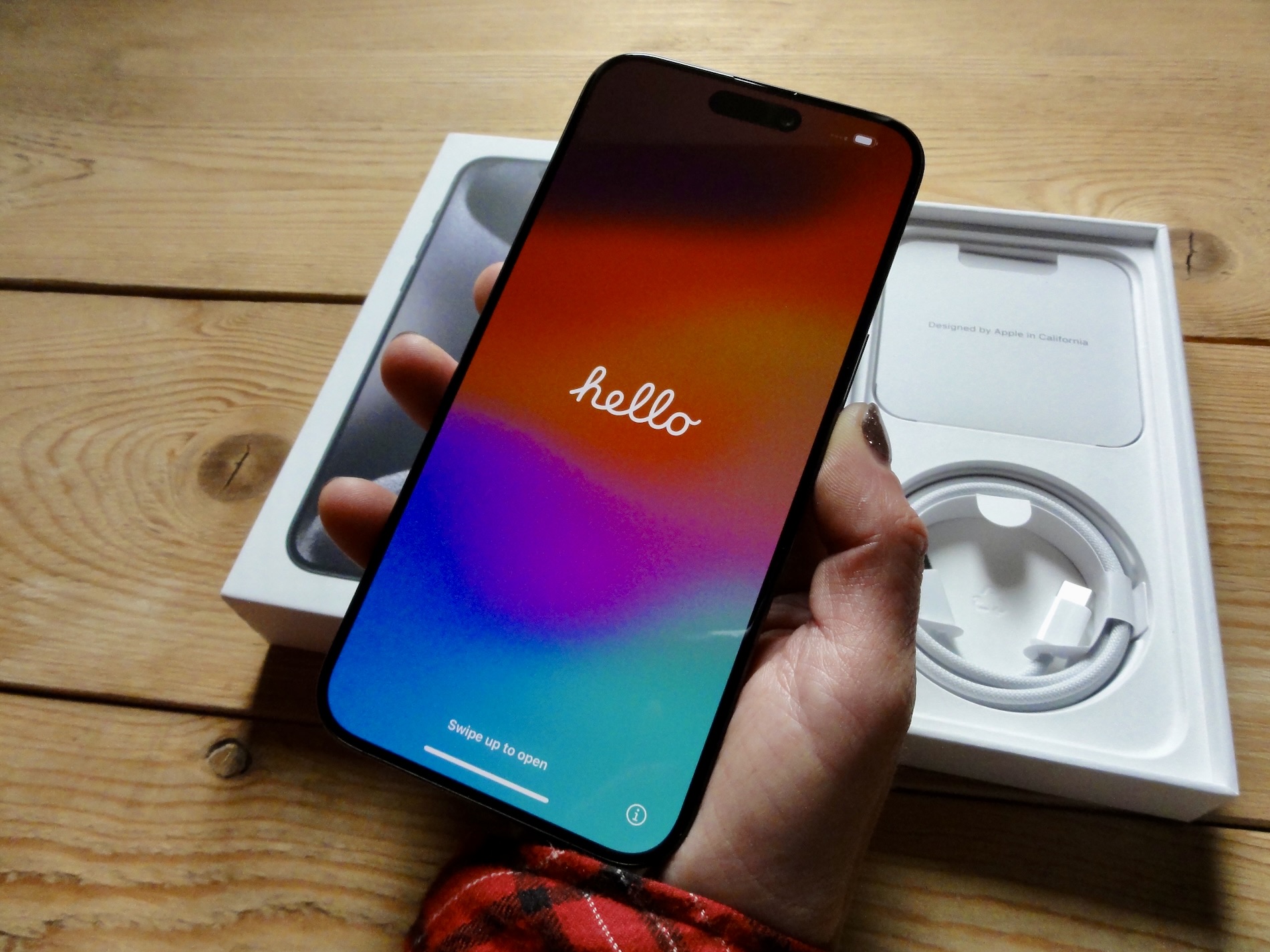
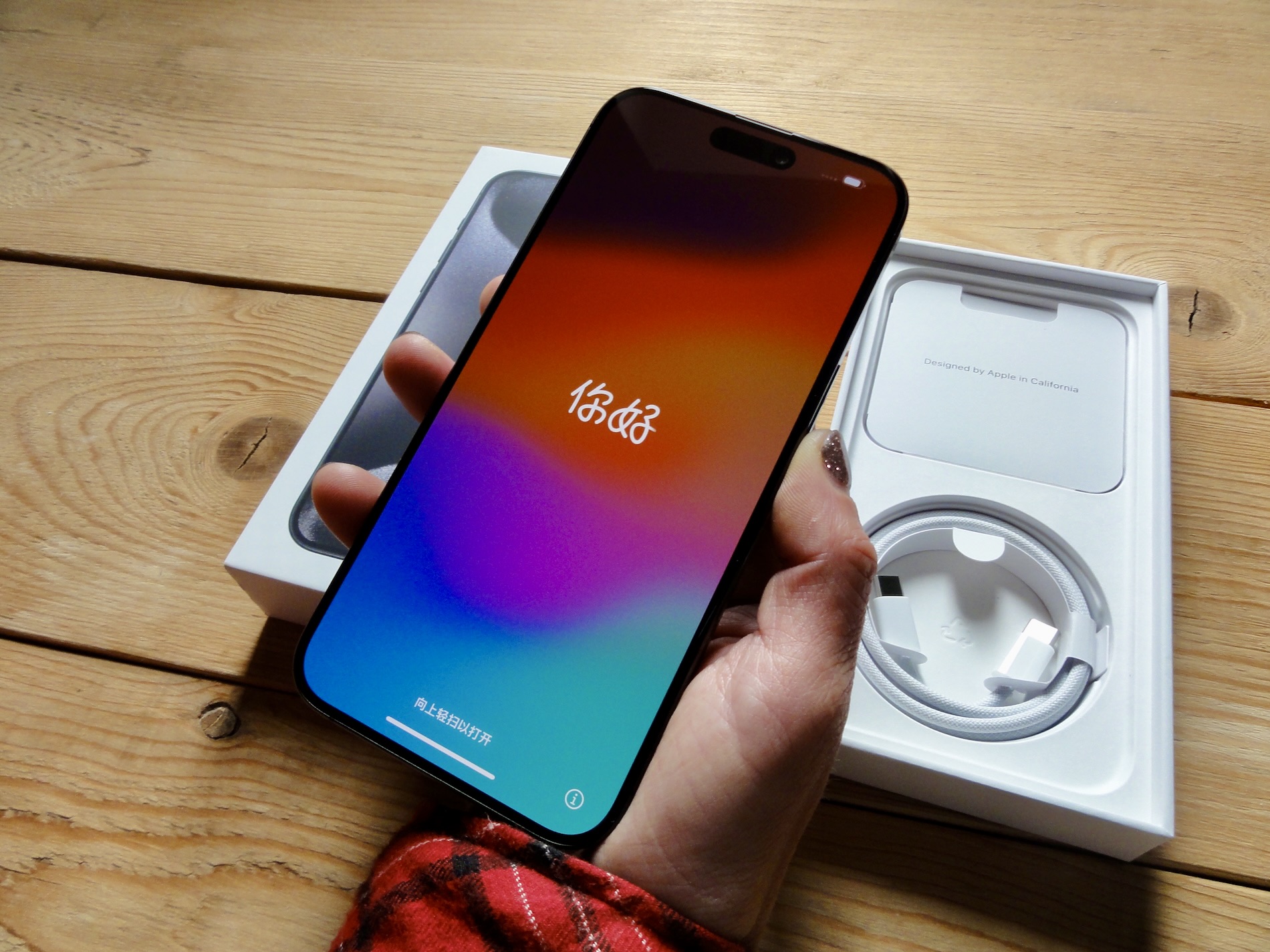

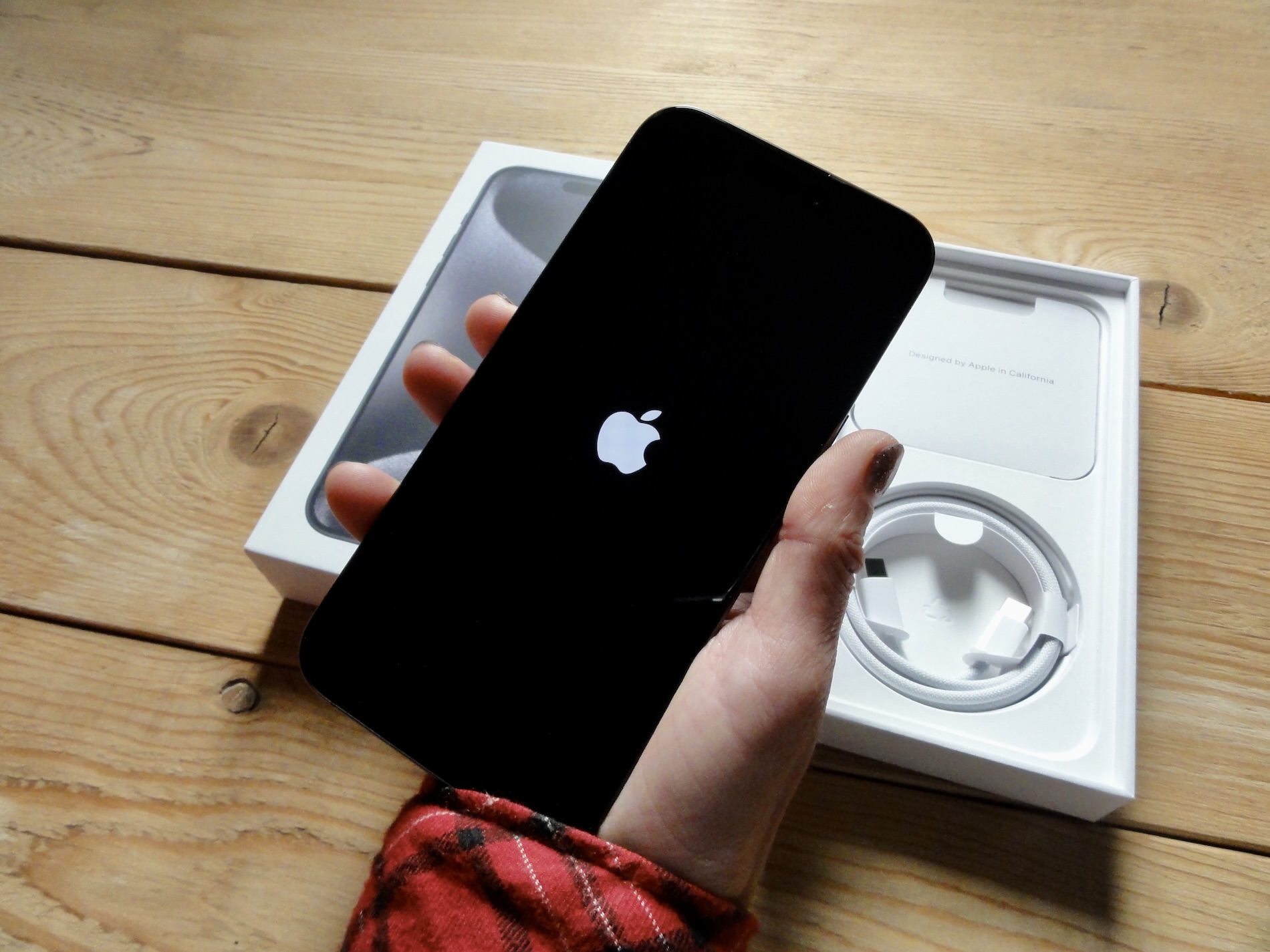
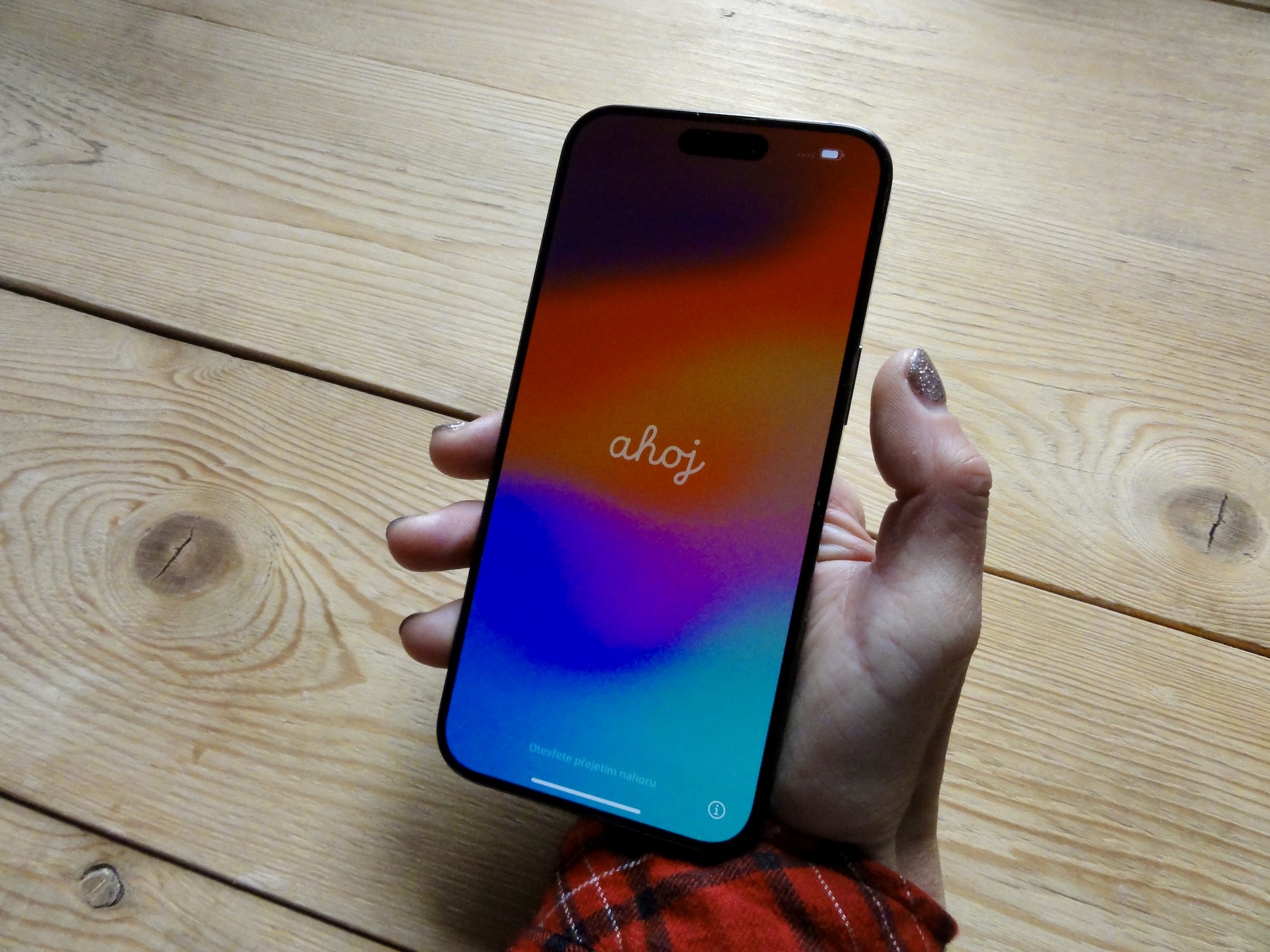
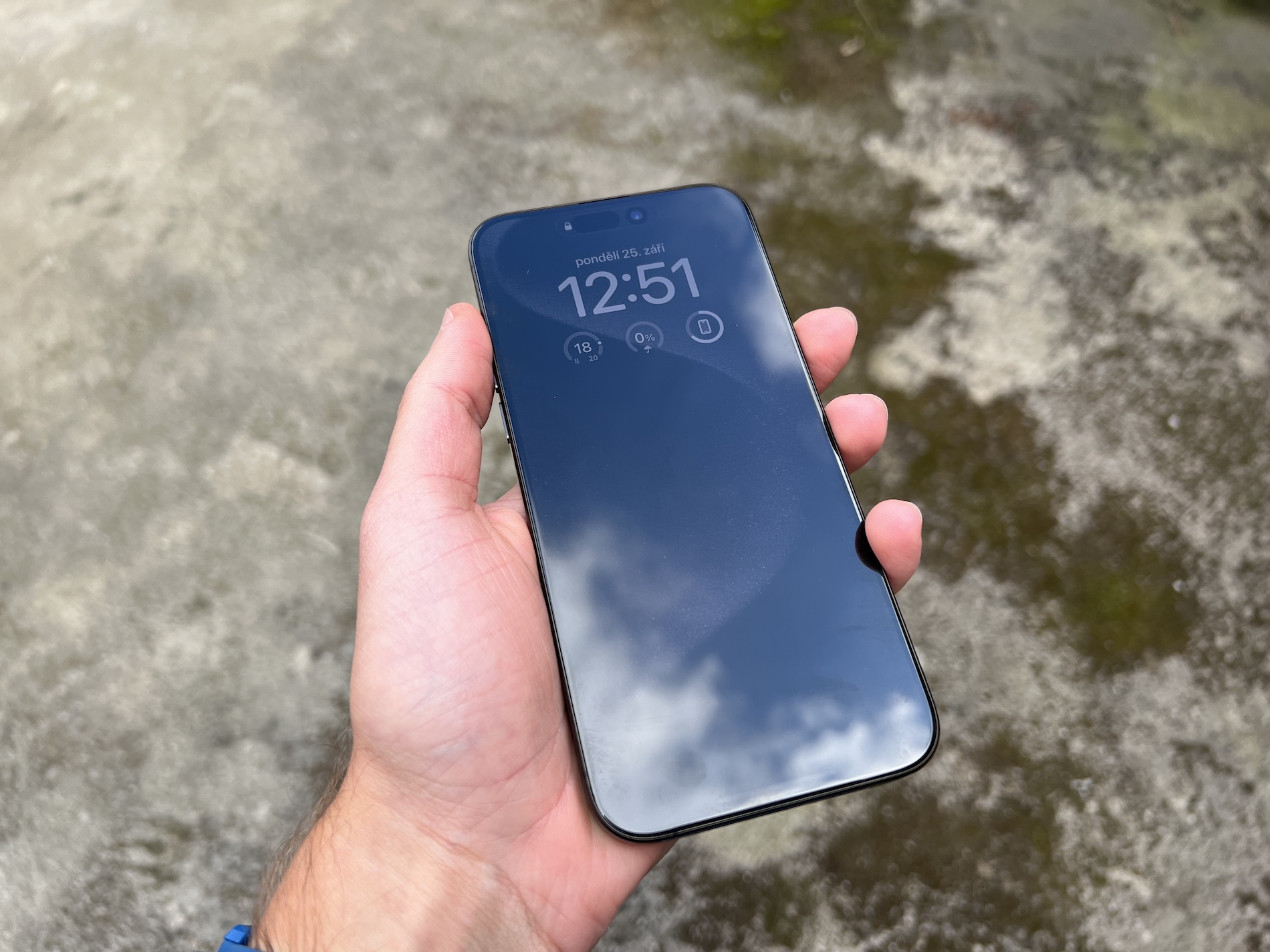
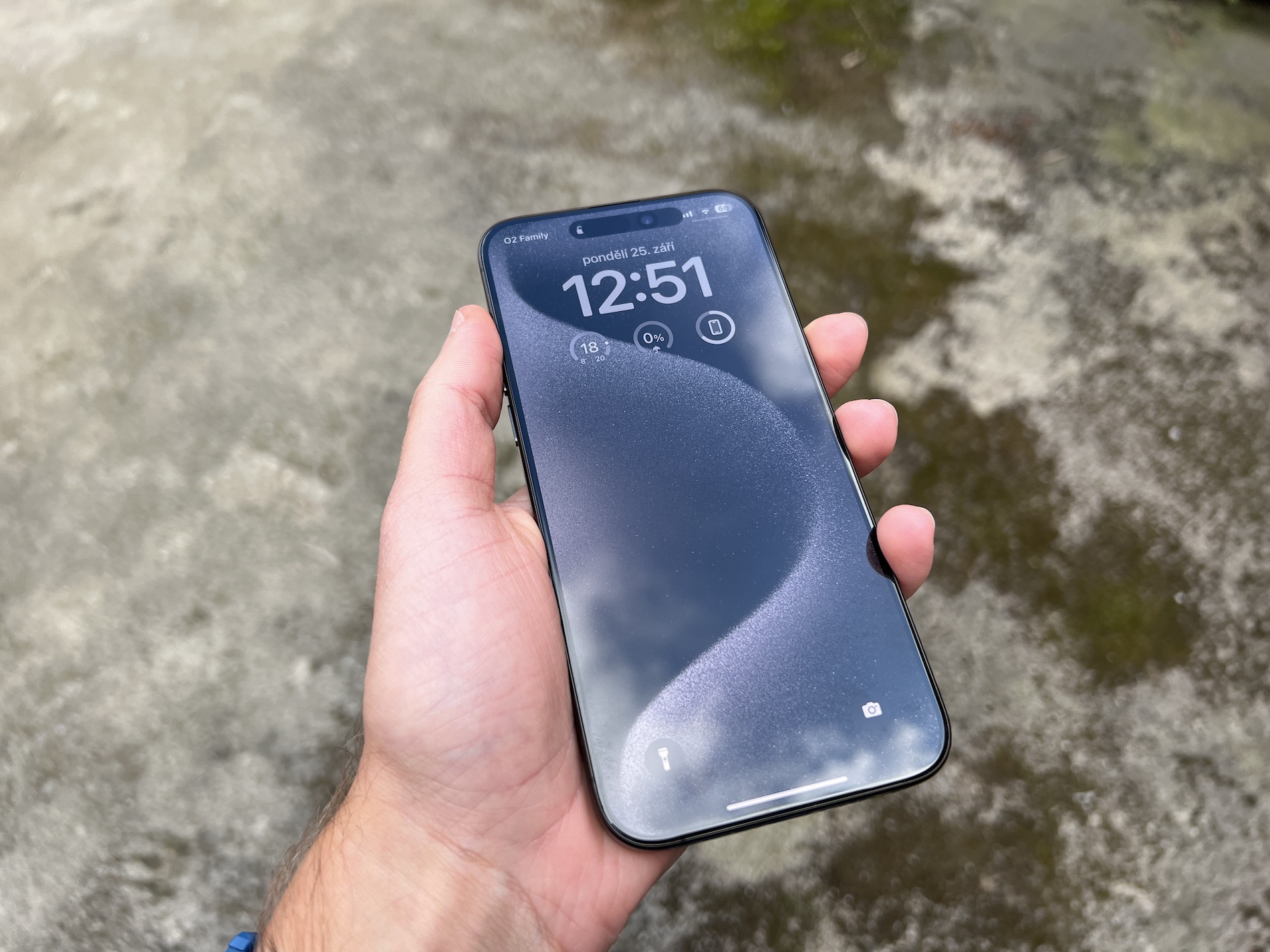
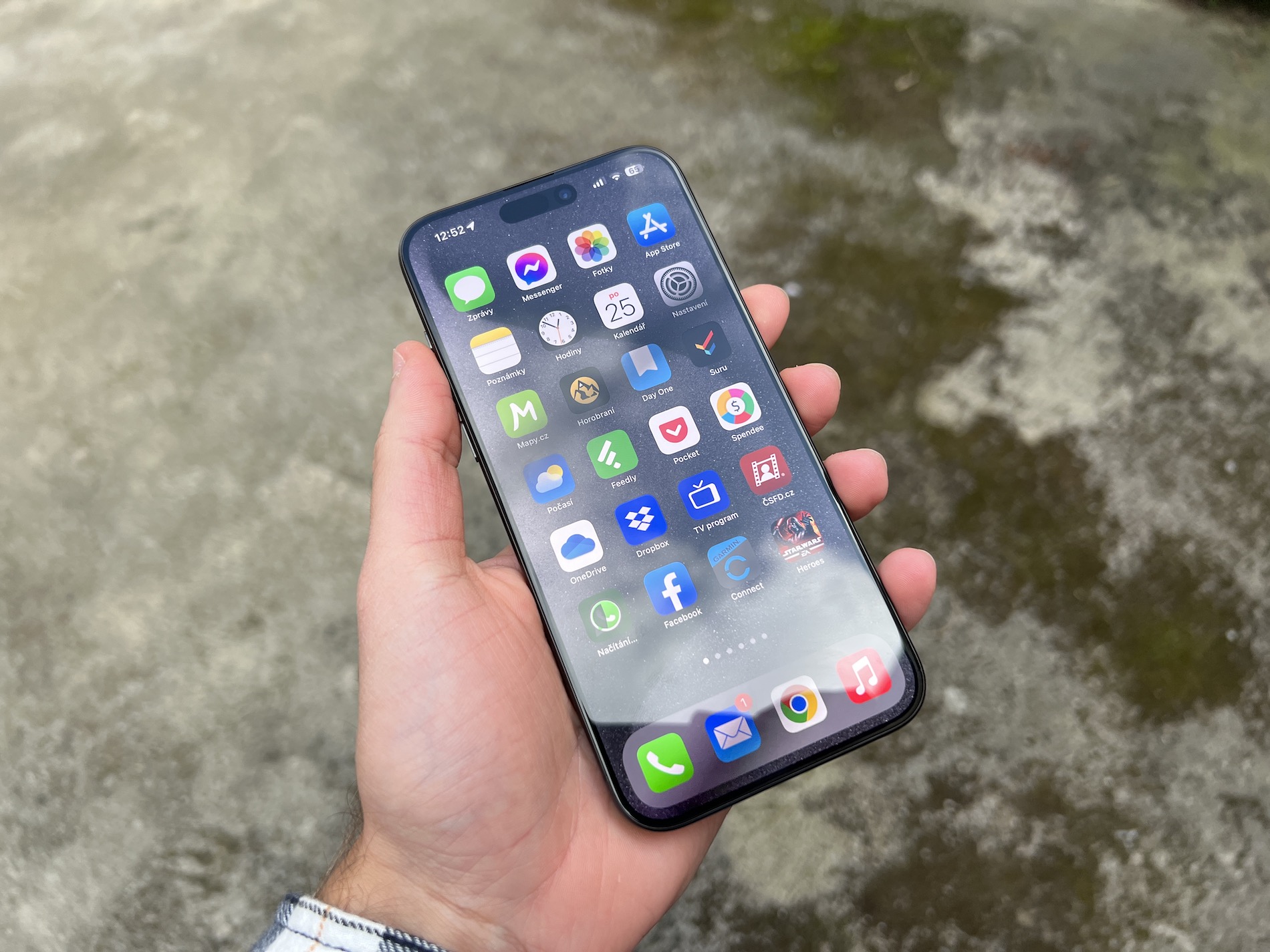
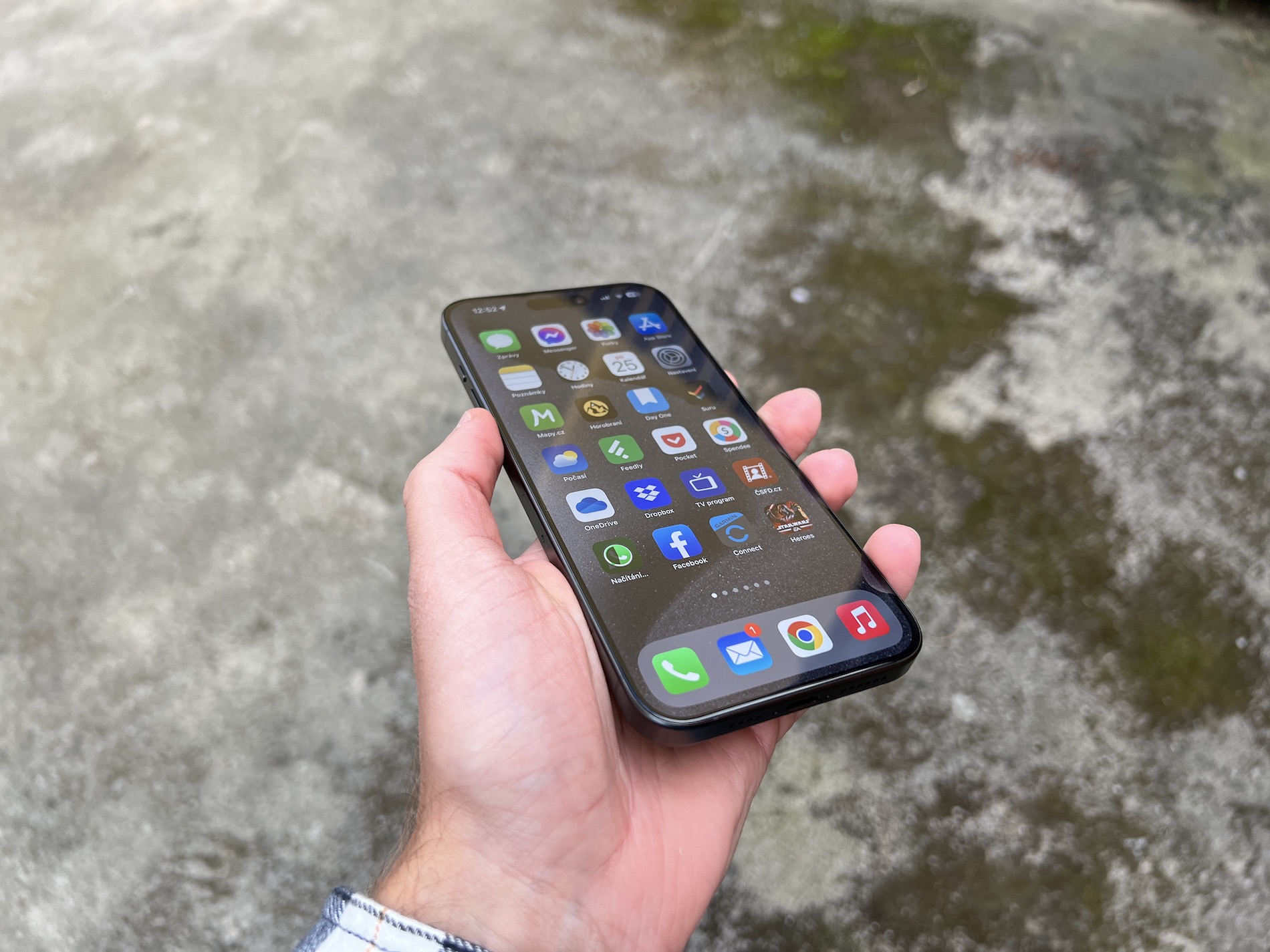
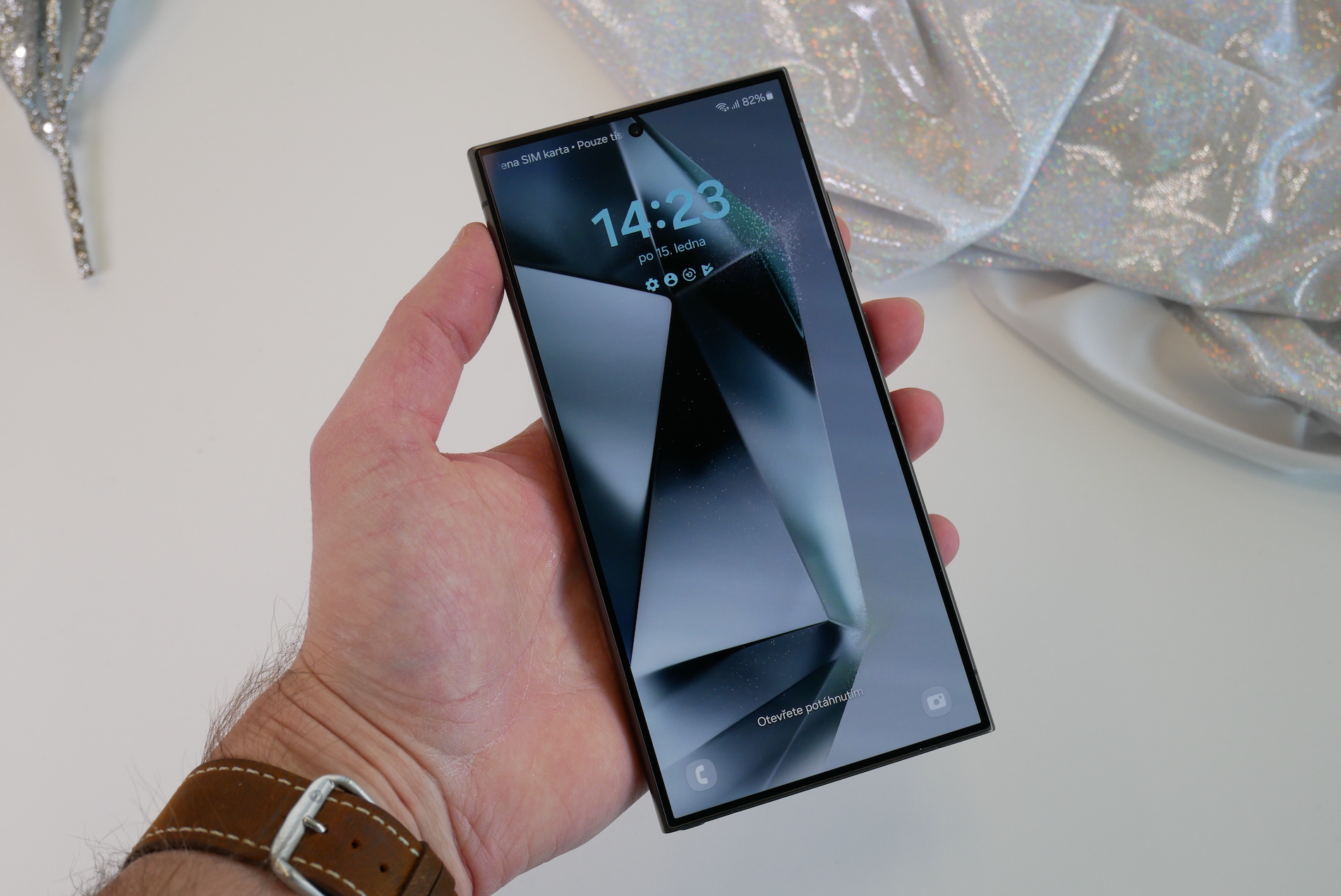
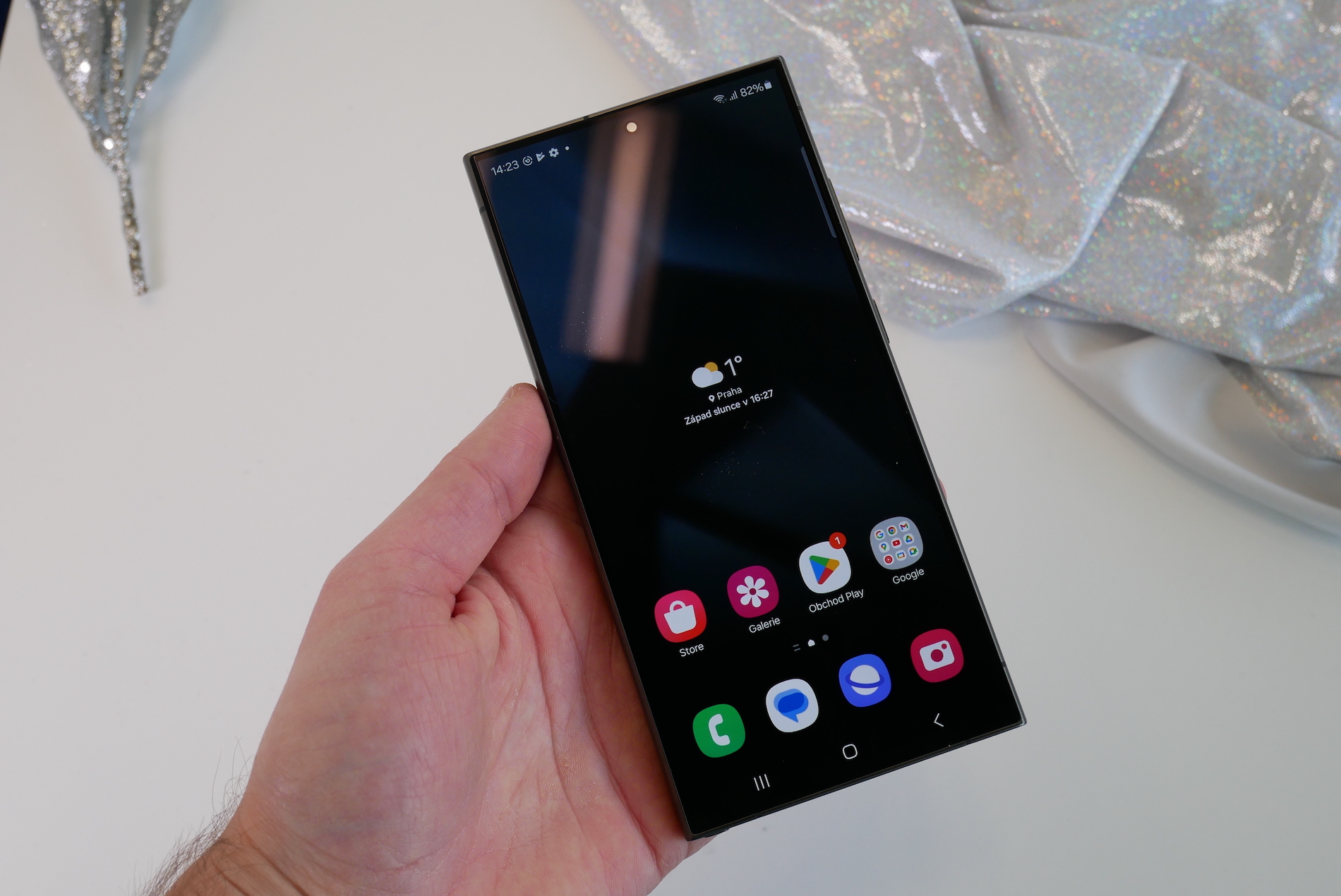
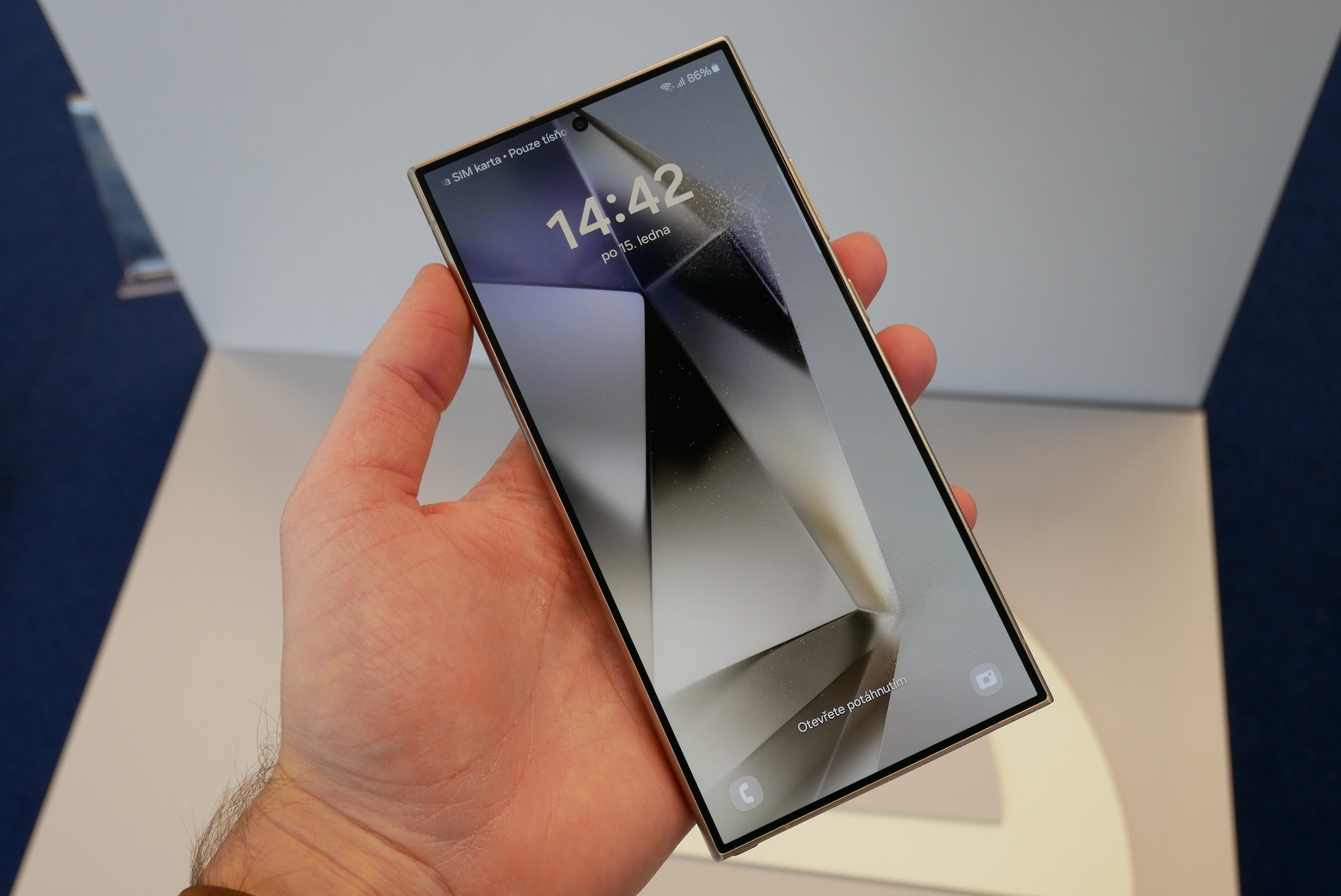
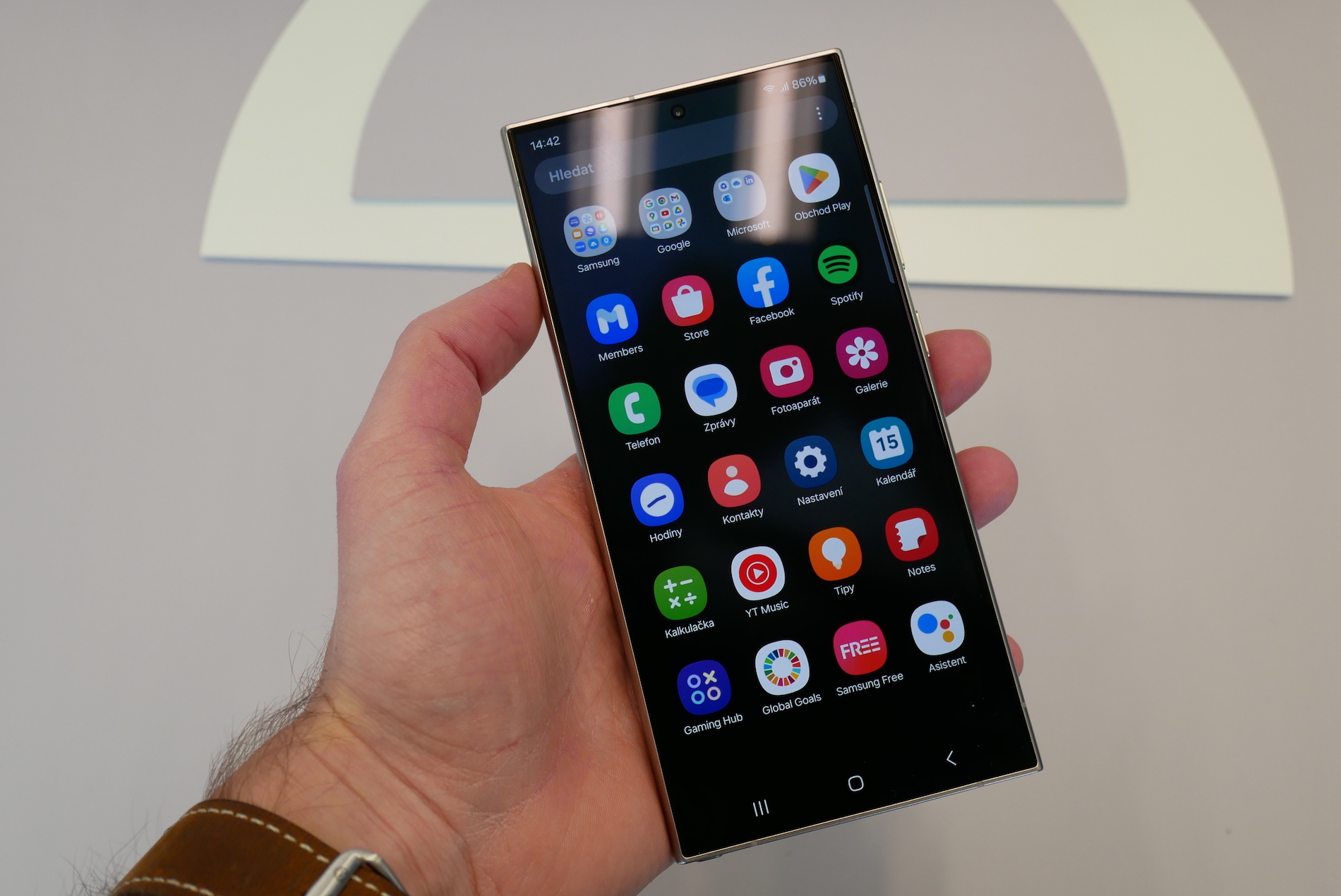
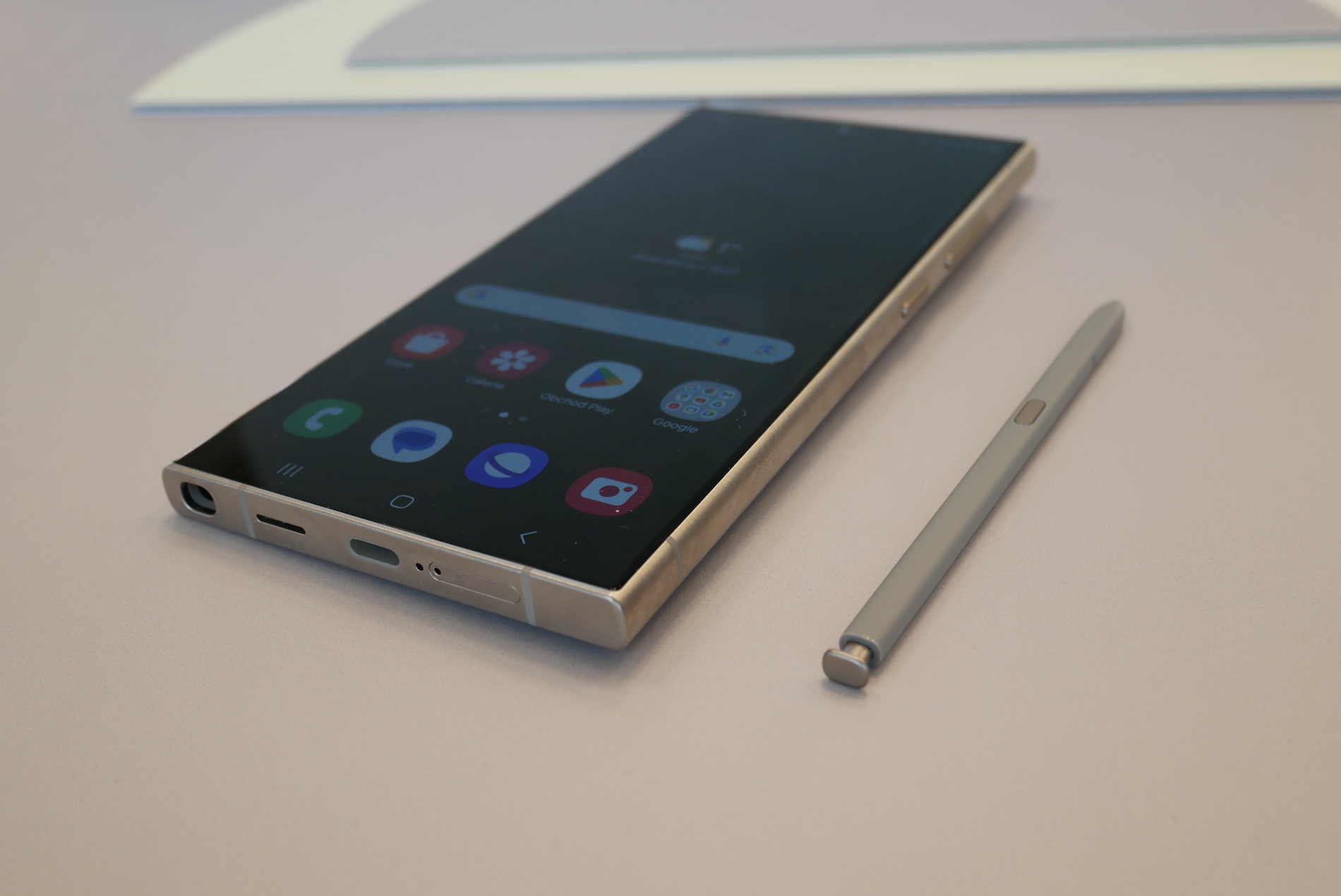
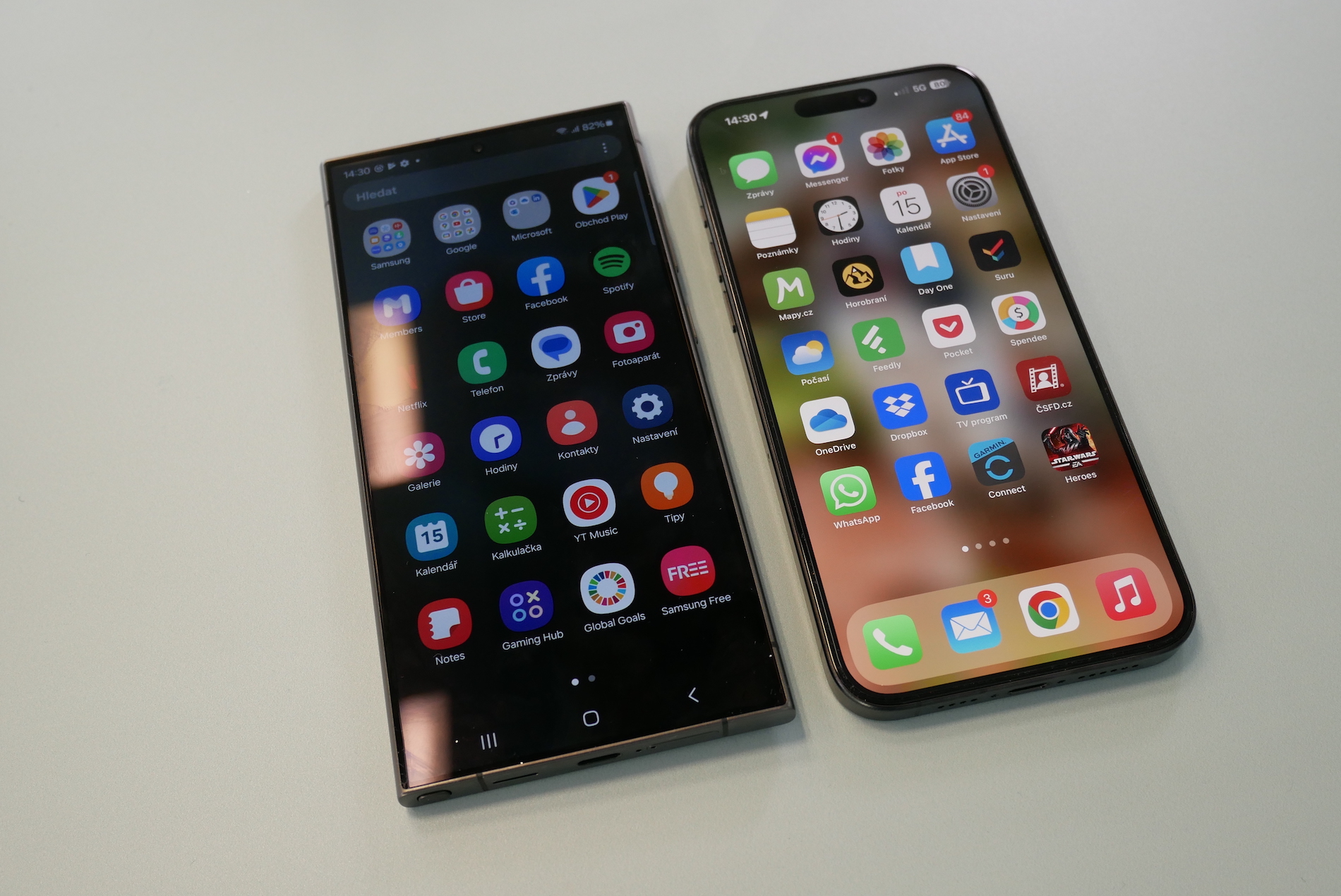
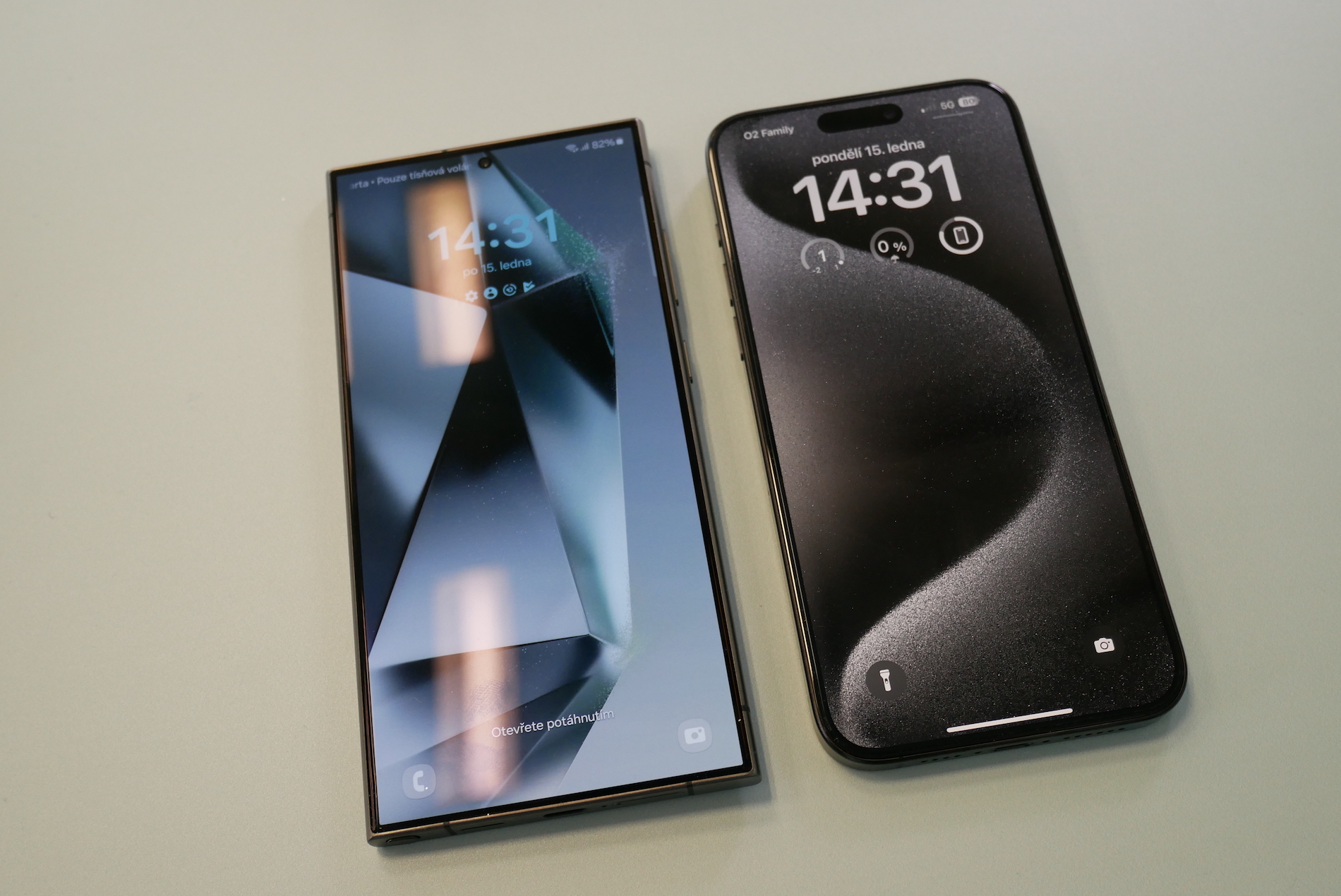
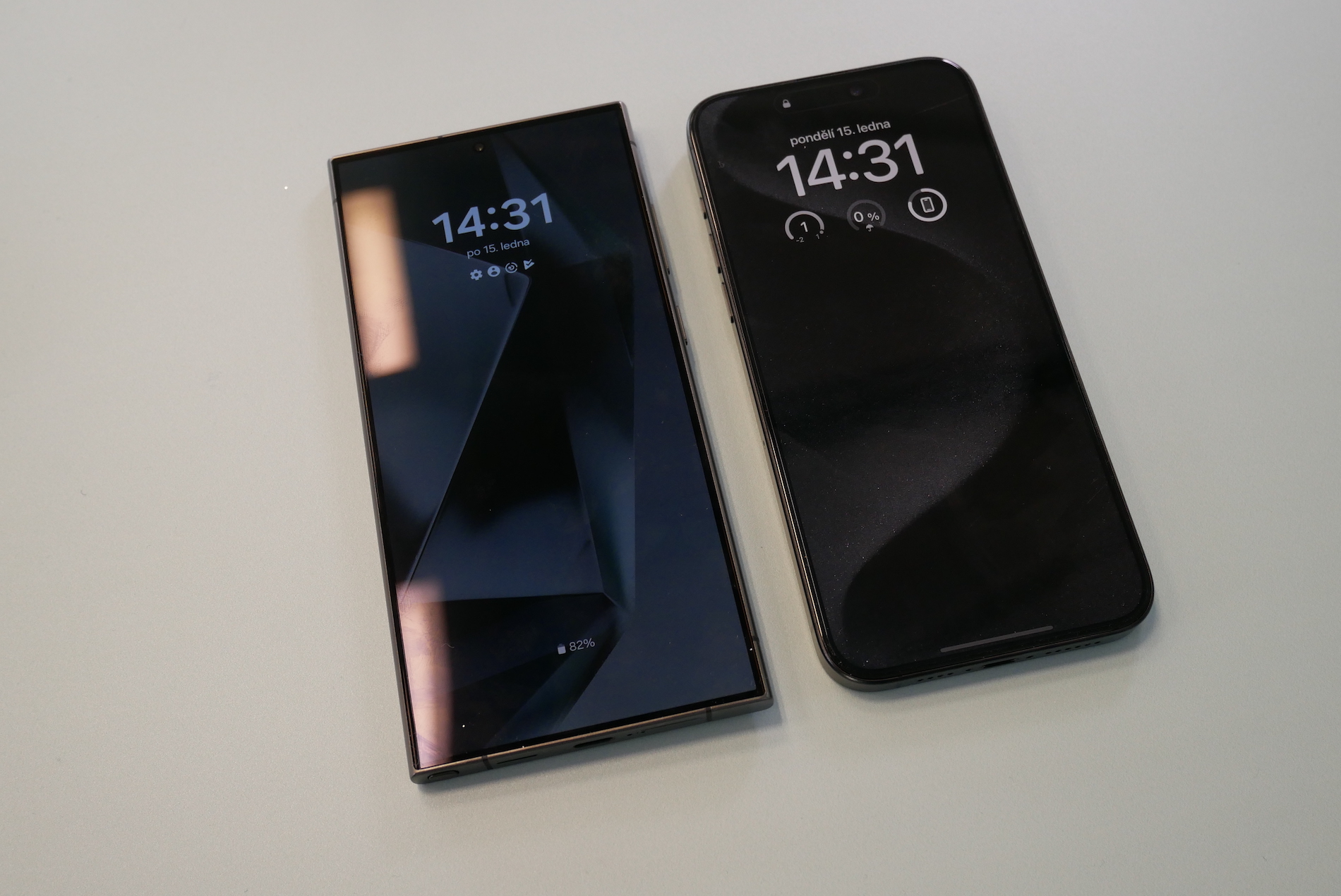
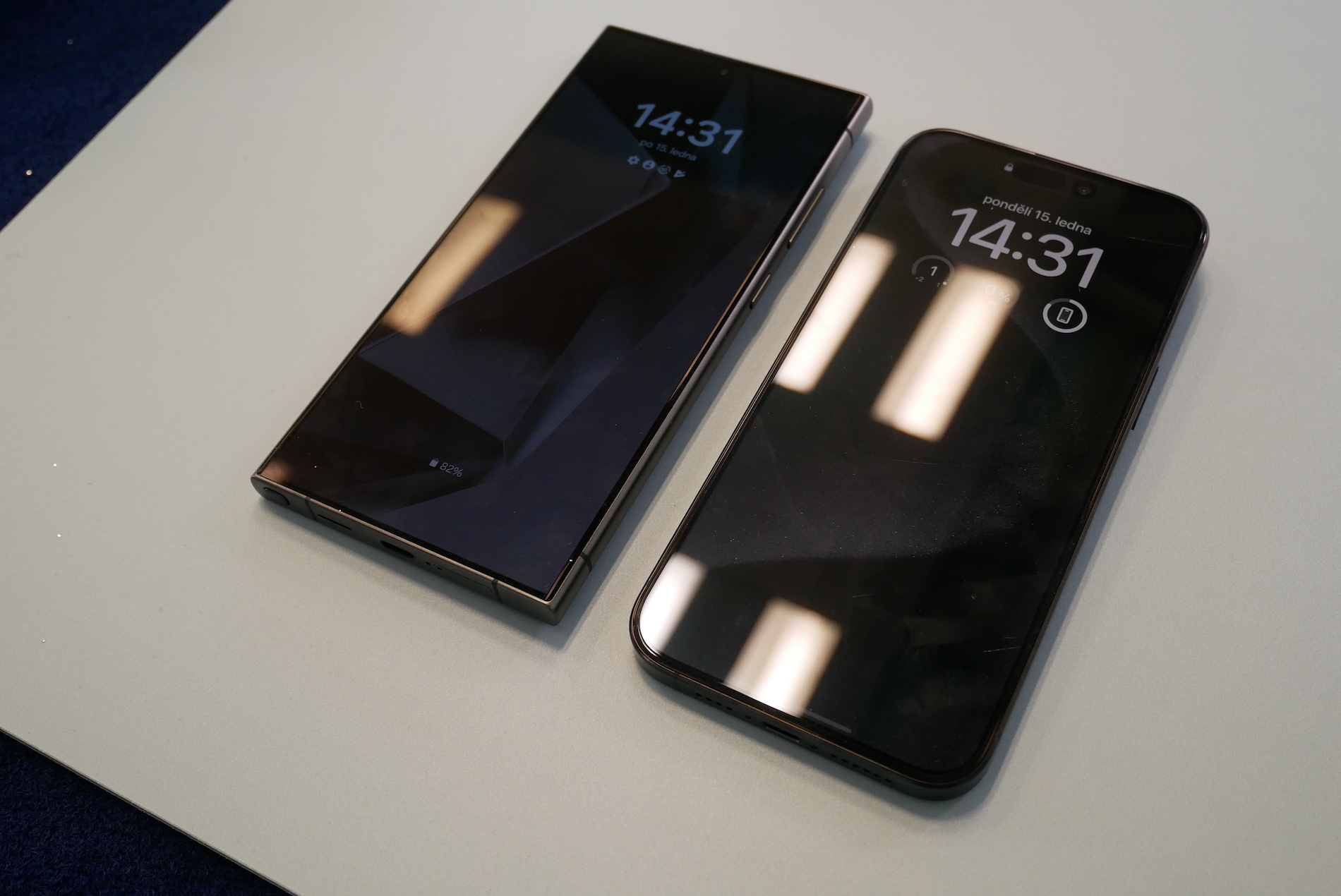
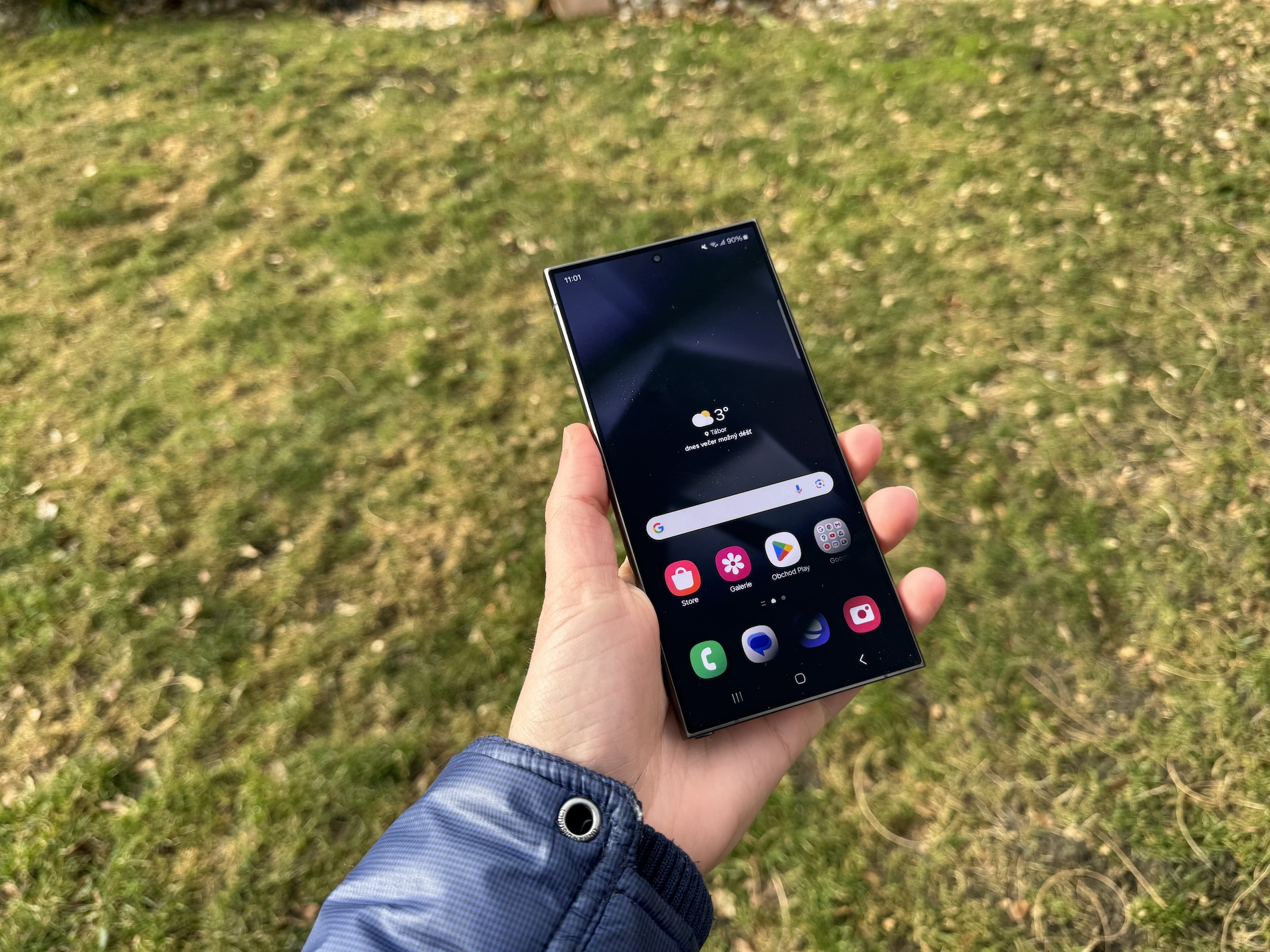
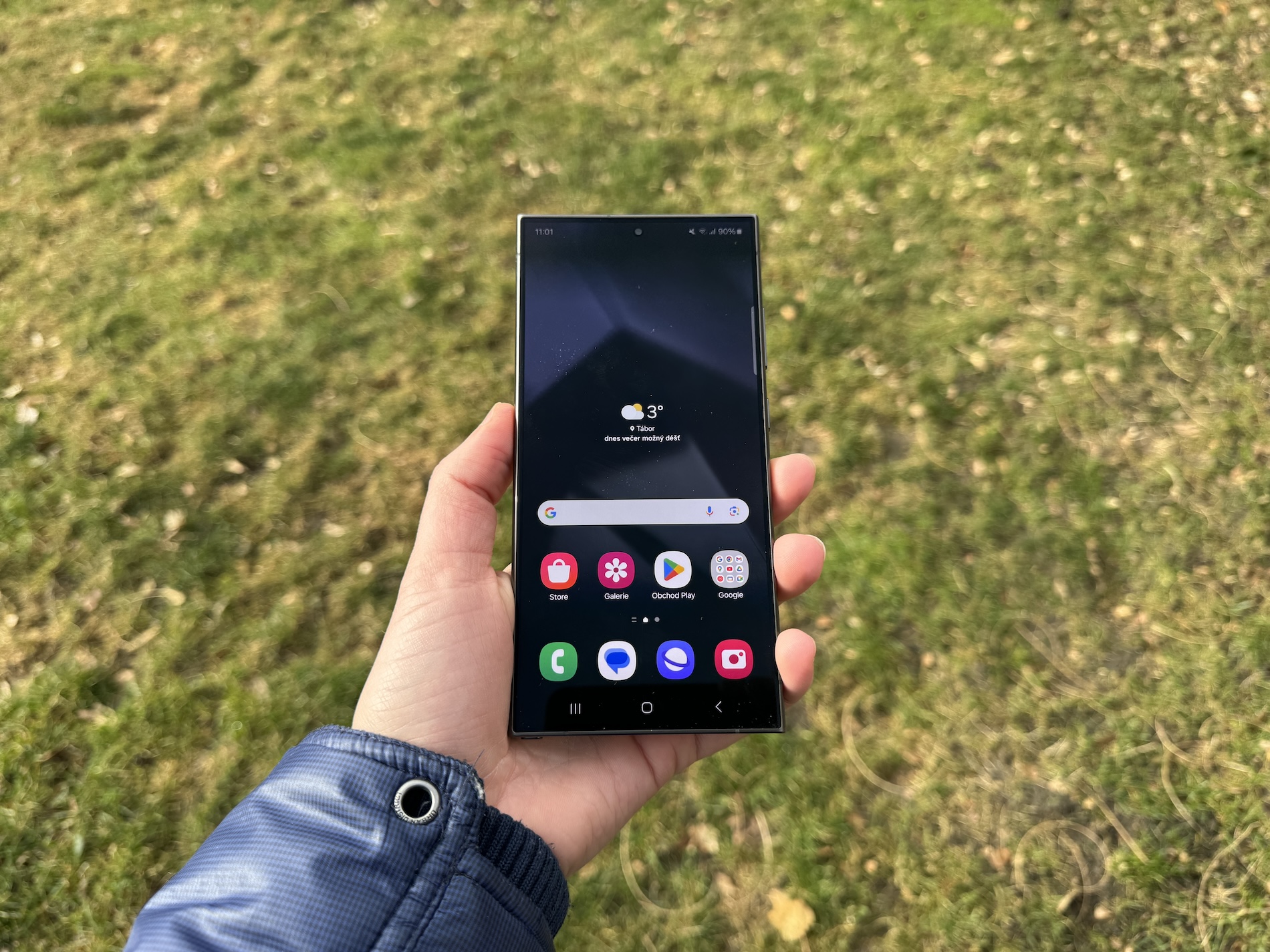
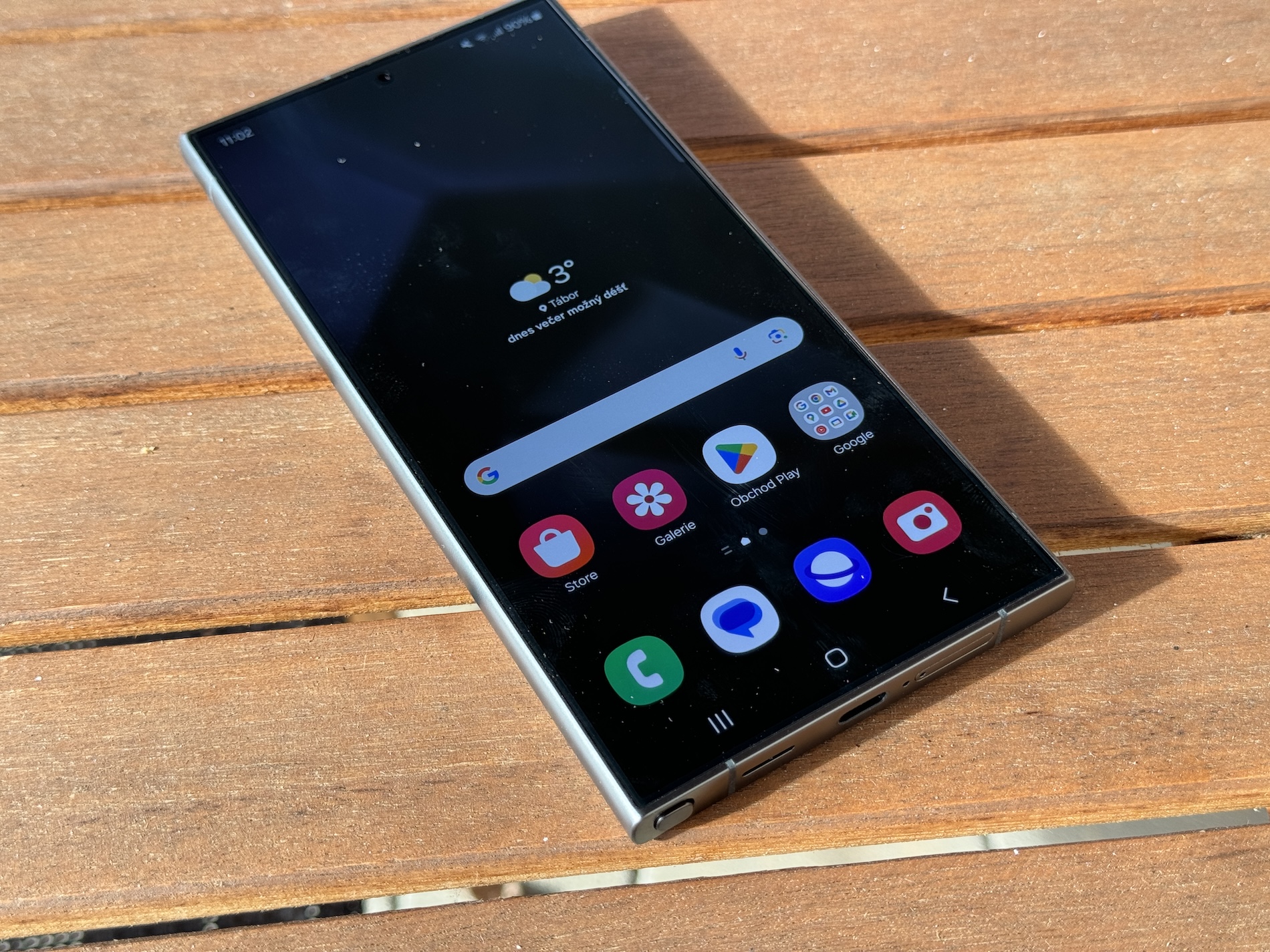


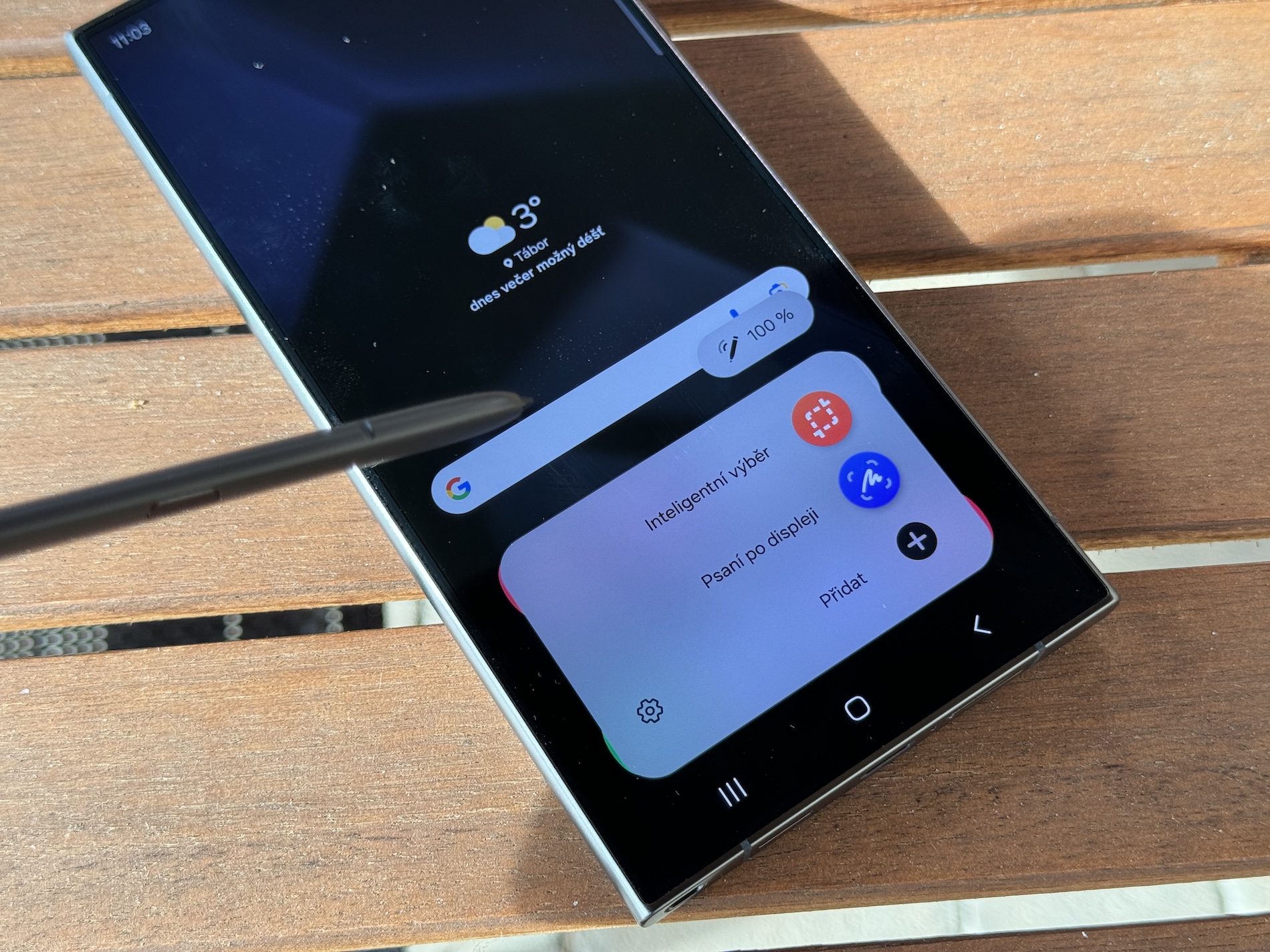
When I once bought an S10Note+ and saw the square screen, I wouldn't want another one. Now I have an S24U and most importantly a flat display.